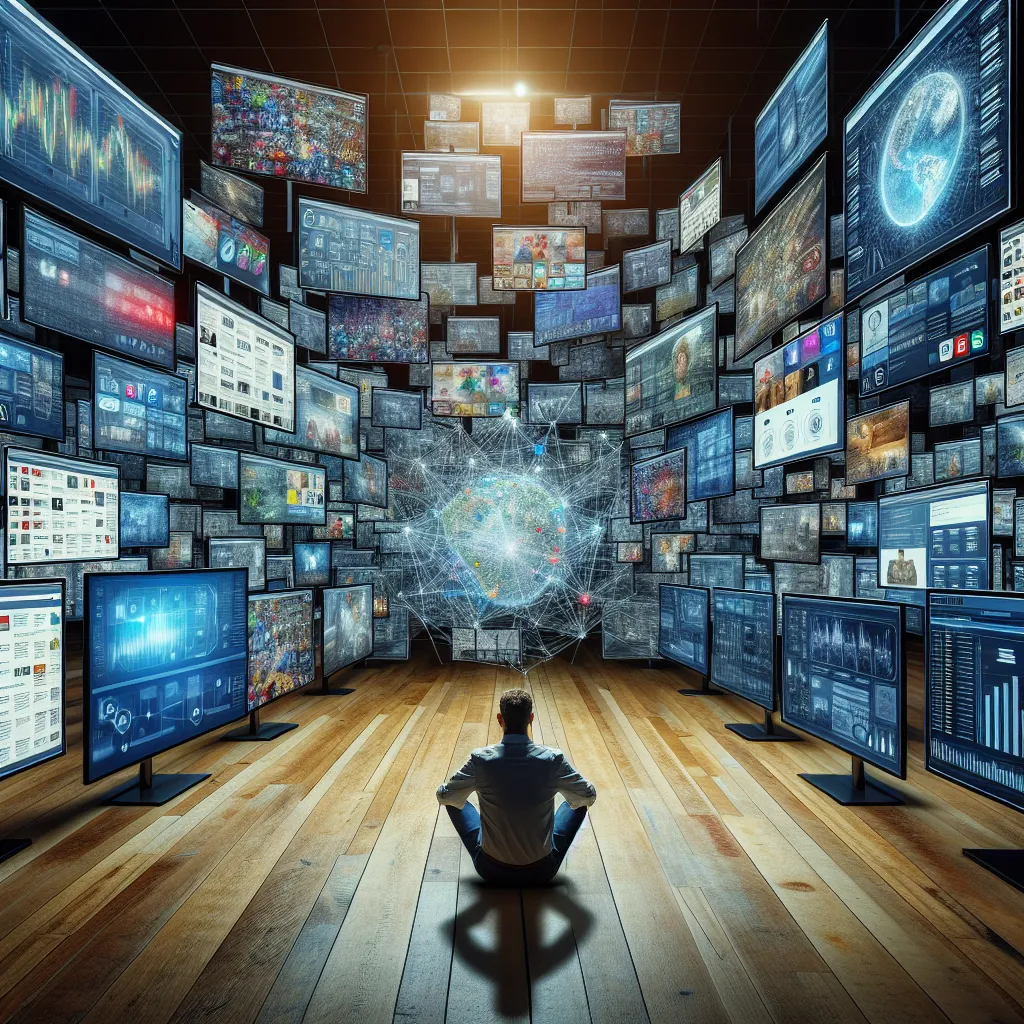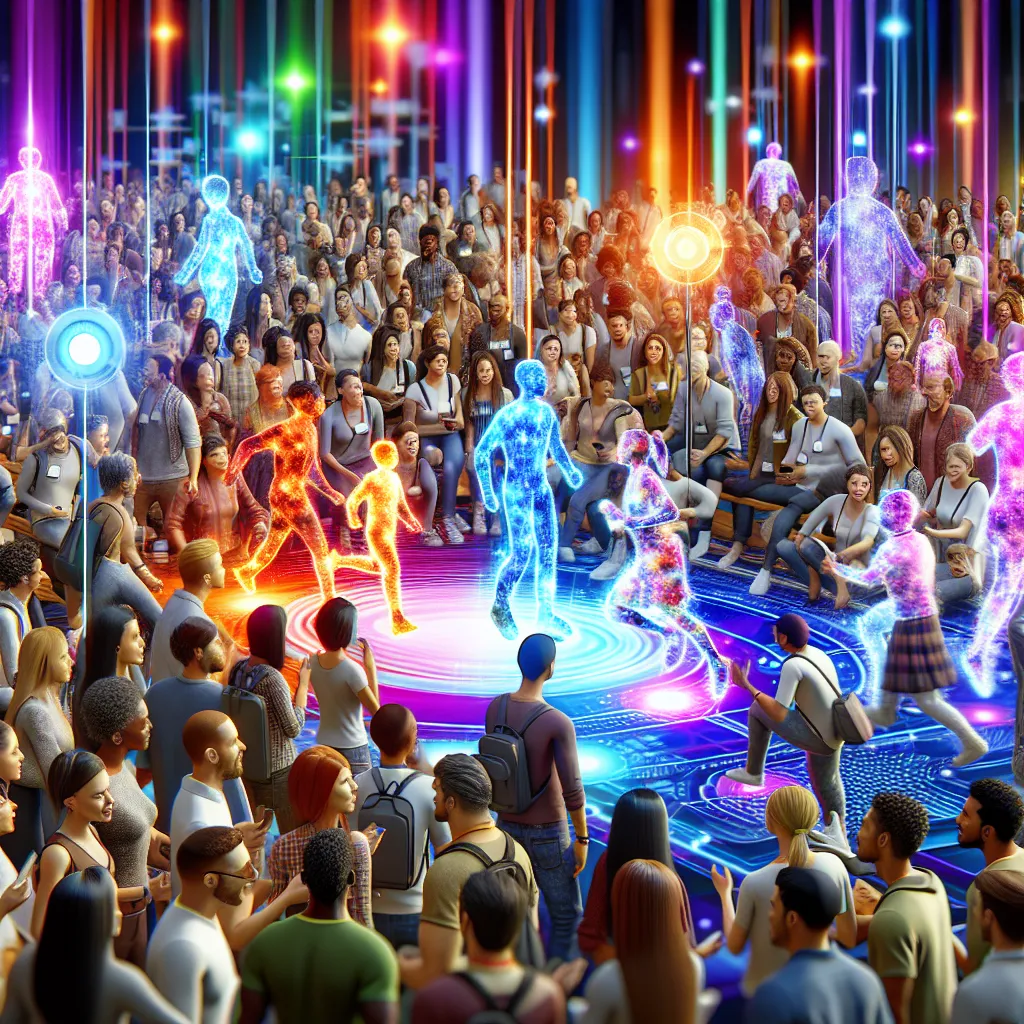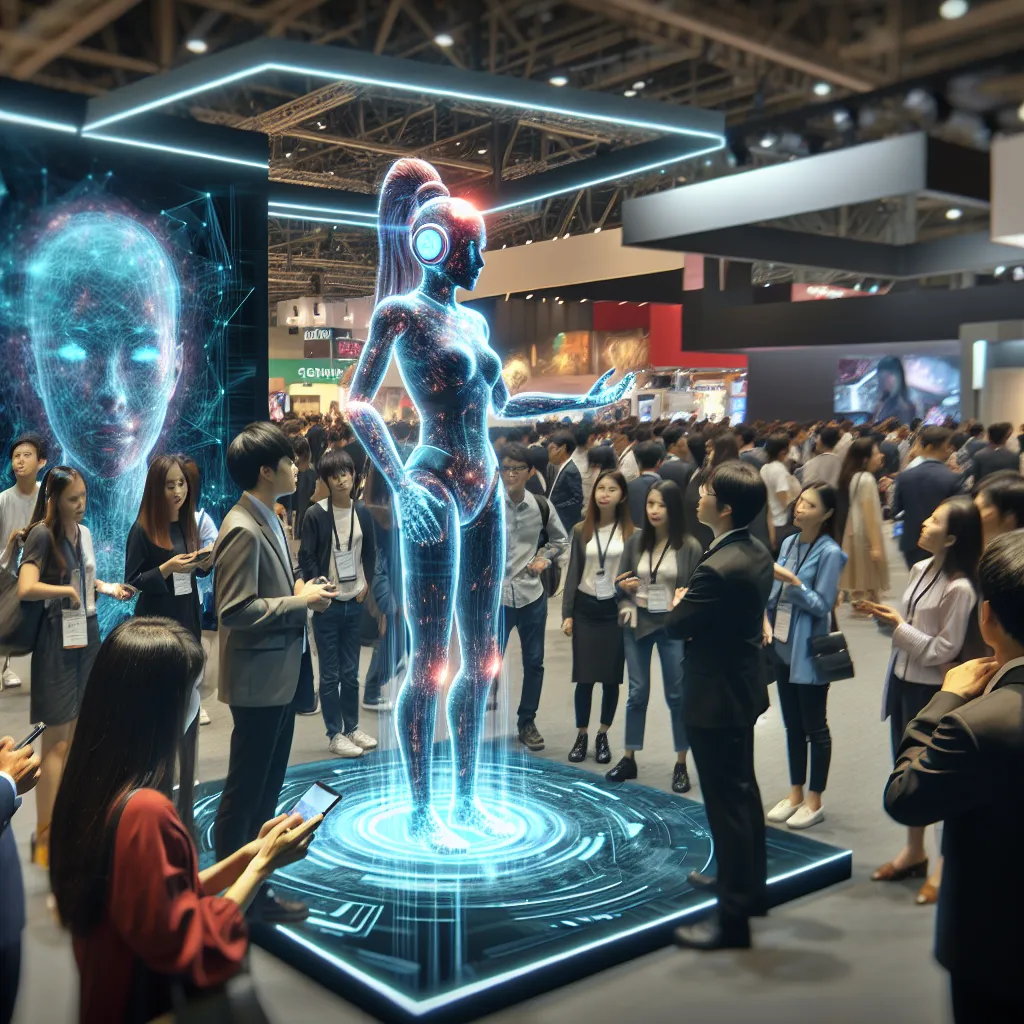Tech-Driven Shifts in News Consumption Habits
Technology has significantly altered the way people consume news, leading to tech-driven shifts in news consumption habits. With the rise of digital platforms and social media, individuals now have access to a constant stream of information at their fingertips. This has led to a preference for consuming news online, often through social media channels and news aggregator apps.
Furthermore, the emergence of mobile devices has revolutionized news consumption habits, allowing users to access news anytime, anywhere. The convenience of receiving real-time updates has fueled the demand for instant news gratification, prompting individuals to rely on smartphone notifications and news apps for the latest updates.
Additionally, the phenomenon of personalized news content has gained prominence due to technological advancements. Algorithms and AI-powered systems now curate news stories based on users’ preferences and behaviors, creating a customized news consumption experience. This has led to the formation of echo chambers, where individuals are exposed to news that aligns with their existing beliefs and ideologies.
In conclusion, technology has undeniably reshaped news consumption habits, ushering in an era of instant access, personalized content, and reliance on digital platforms. As technology continues to advance, it is crucial to understand and navigate the implications of these tech-driven shifts in news consumption.
The Role of Social Media in Shaping Current Events
Social media has become a dominant force in shaping current events, revolutionizing the way we consume and interact with news. Platforms like Twitter, Facebook, and Instagram have redefined the dissemination of information, as users turn to these channels for real-time updates and diverse perspectives on breaking news stories. The instantaneous nature of social media allows events to unfold in front of a global audience, with citizen journalists often providing firsthand accounts. The widespread reach of social media also enables movements and protests to gain momentum rapidly, amplifying their impact on current events.
Additionally, social media algorithms play a significant role in determining the content that users see, potentially influencing the public’s attention towards specific news stories or issues. This ability to prioritize certain topics can shape the public discourse and impact the direction of current events. Moreover, the viral nature of social media means that a single post or tweet has the potential to spark widespread discussions and reactions, ultimately contributing to the evolution of current event trends.
Furthermore, social media acts as a platform for public figures, organizations, and governments to communicate directly with the masses, shaping narratives and influencing public opinion on various current events. The power dynamics of information dissemination have shifted, with social media playing a pivotal role in holding entities accountable and driving transparency in current event reporting.
In conclusion, the impact of social media on current event trends is undeniable, as it continues to shape the way we perceive, engage with, and understand the world around us. Its influence on public discourse, information dissemination, and societal movements underscores the pivotal role of social media in shaping the current events landscape in the digital age.
Analyzing the Impact of AI and Big Data on News Reporting
As technology continues to revolutionize various industries, the impact of artificial intelligence (AI) and big data on news reporting is becoming increasingly evident. AI and big data have transformed the way news is gathered, analyzed, and disseminated, shaping current event trends in significant ways.
AI algorithms are now being used to scour vast amounts of data from diverse sources to identify trends, patterns, and correlations that can inform news stories. This has greatly enhanced the ability of journalists to uncover newsworthy information and provide in-depth analysis. Additionally, AI-powered tools can automatically generate news articles based on data inputs, further streamlining the reporting process.
Furthermore, the utilization of big data in news reporting has enabled journalists to access a wealth of information that was previously inaccessible. By harnessing big data analytics, reporters can uncover insights from massive datasets, detect emerging trends, and gain a deeper understanding of complex issues, ultimately influencing the stories covered and the angles from which they are approached.
Incorporating AI and big data into news reporting has also raised important ethical and credibility considerations. While these technologies offer powerful capabilities for enhancing the quality and scope of news coverage, there are concerns about potential biases in data analysis and the need to uphold journalistic integrity in the face of rapidly evolving reporting methodologies.
In conclusion, the influence of AI and big data on current event trends is undeniable, with their impact permeating the entire news reporting landscape. As these technologies continue to advance, it is essential for journalists and news organizations to navigate the complex intersection of technology and journalism with a keen awareness of the opportunities and challenges it presents.





